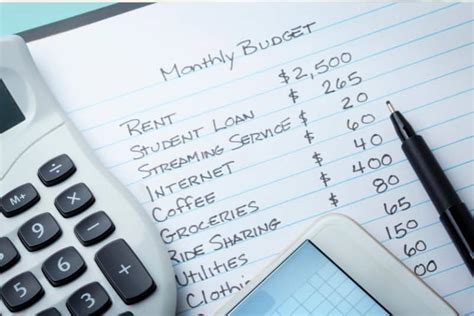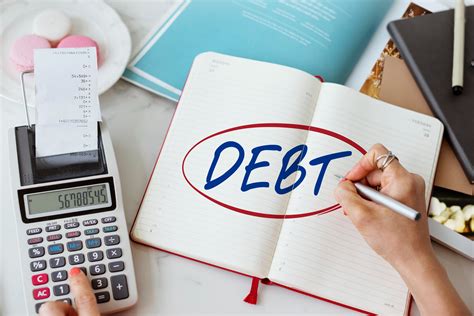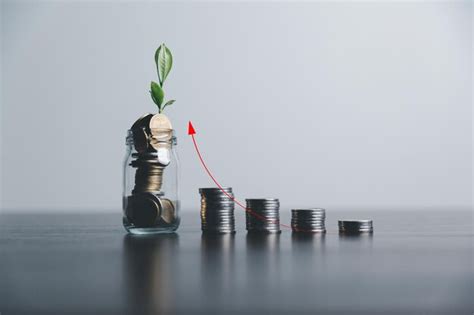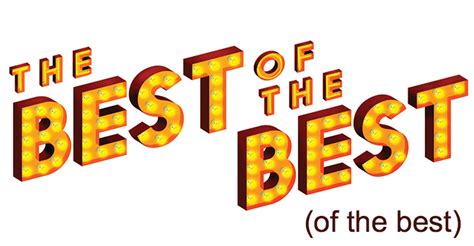Breaking Free from the High-Interest Debt Trap
High-interest debt, often lurking in credit card balances, personal loans, or even some student loans, acts like an insidious financial drain. It siphons off your hard-earned money in interest payments, making it incredibly difficult to save, invest, or build any meaningful wealth. For many, the cycle feels endless, but there’s a proven path to not only crush this debt but also to pivot strategically towards rapid wealth accumulation. The key lies in a multi-faceted approach combining discipline, strategic planning, and unwavering commitment.

Step 1: Laying Your Financial Foundation – Emergency Fund & Budgeting
Build a Mini Emergency Fund
Before aggressively tackling debt, establish a small emergency fund, typically $1,000 to $2,000. This acts as a crucial buffer against life’s unexpected events (car repairs, medical emergencies) that could otherwise force you back into debt. Without this cushion, any setback can derail your progress and add to your existing high-interest burdens.
Create a Detailed Budget
Understanding where every dollar goes is paramount. Develop a strict budget that clearly outlines your income and expenses. Identify areas where you can cut back immediately – dining out, subscriptions, discretionary spending. Every dollar freed up from unnecessary expenses becomes a dollar that can be aggressively applied to your debt.
Step 2: Choosing Your Debt Annihilation Strategy
When it comes to paying off high-interest debt, two popular methods stand out:
The Debt Avalanche Method
This method focuses on mathematical efficiency. You list all your debts from the highest interest rate to the lowest. You make minimum payments on all debts except the one with the highest interest rate, on which you pay as much extra as possible. Once that debt is paid off, you take the money you were paying on it and apply it to the next highest interest rate debt. This approach saves you the most money on interest over time.
The Debt Snowball Method
This strategy prioritizes psychological wins. You list your debts from the smallest balance to the largest. Make minimum payments on all debts except the smallest, which you attack with all extra funds. Once the smallest debt is paid, you take the money you were paying on it and add it to the payment for the next smallest debt. While it might cost slightly more in interest, the rapid succession of paid-off debts provides powerful motivation to keep going.

Step 3: Fueling Your Debt Payoff – Boost Income & Cut Expenses Relentlessly
To truly crush high-interest debt quickly, you need to generate maximum financial firepower. This often means a two-pronged approach:
Aggressively Reduce Spending
Go beyond your initial budget cuts. Temporarily adopt a minimalist lifestyle. Cook all meals at home, cancel non-essential services, carpool, or even consider selling items you no longer need. Every dollar saved is a dollar less owed to high-interest creditors.
Explore Income-Generating Opportunities
Can you pick up extra shifts? Start a side hustle? Freelance in your area of expertise? Even a temporary increase in income can dramatically accelerate your debt payoff timeline. Consider what skills you have that you could monetize in your spare time.

Step 4: Strategic Moves – Debt Consolidation & Refinancing (with Caution)
In certain situations, consolidating or refinancing high-interest debt can be beneficial, but it requires careful consideration:
- Balance Transfer Credit Cards: If you have excellent credit, you might qualify for a 0% APR balance transfer card. This can give you a window (typically 12-18 months) to pay down debt without accruing new interest, provided you can pay off the balance before the promotional period ends.
- Personal Loans: A lower-interest personal loan can consolidate multiple high-interest debts into one predictable monthly payment. Ensure the interest rate is significantly lower than your current rates and avoid taking on new debt.
Crucially, these tools are only effective if you address the underlying spending habits that led to the debt in the first place. Without a behavioral change, you risk simply transferring debt or even accumulating more.

Step 5: Transitioning to Wealth Building and Financial Freedom
Once high-interest debt is eliminated, a significant shift in your financial strategy occurs. The money you were dedicating to debt payments can now be redirected to building wealth:
- Fully Fund Your Emergency Fund: Aim for 3-6 months of living expenses.
- Increase Retirement Contributions: Maximize contributions to 401(k)s, IRAs, or other retirement vehicles, especially if there’s an employer match.
- Invest Strategically: Begin investing in diversified portfolios, focusing on long-term growth. Consider low-cost index funds or ETFs.
- Save for Other Goals: Down payments for a home, education, or other significant life goals.

The Mindset for Lasting Financial Freedom
Crushing high-interest debt and building wealth isn’t just about numbers; it’s about a fundamental shift in your financial mindset. It requires discipline, patience, and a long-term vision. Celebrate small victories, stay consistent with your budget, and continuously educate yourself on personal finance. By systematically dismantling your debt and deliberately building your assets, you can achieve not just freedom from debt, but true financial independence and lasting prosperity.




